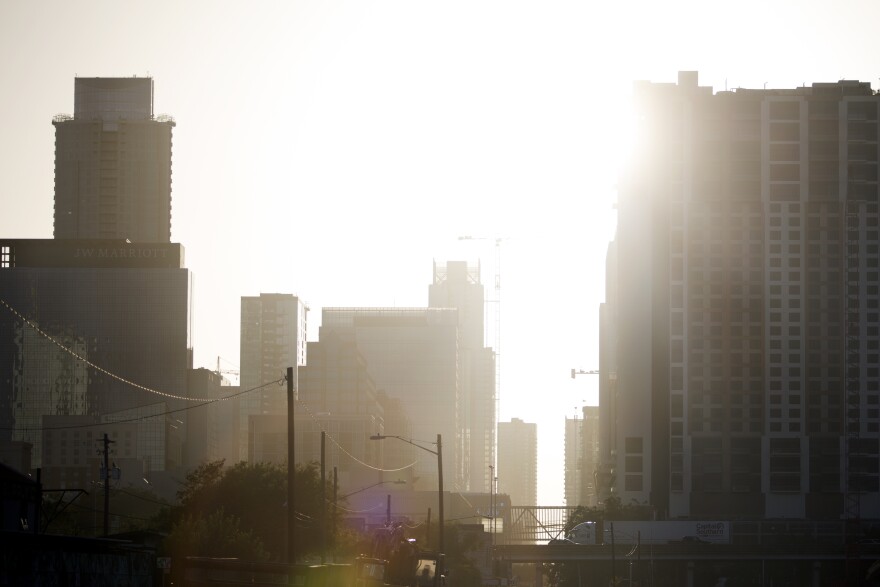Take a rapidly growing state, add a scorching heat wave, and you have a recipe for historically high electricity use. So it was that Texas broke the record for power demand three times in the last week. Through it all, the state’s electric grid operated without major disruption.
That success nevertheless revealed some interesting things about the ways we generate and consume electricity.
Coal Plants Closed, But They Weren't Missed
The shuttering of three Texas coal power plants earlier this year made some people worry about the grid’s thinning generation-reserve margin. That’s basically a backup power supply we can rely on if something goes wrong with other power plants.
Rolling blackouts during the heat wave could have given the coal industry ammunition as it argues for subsidies to stay afloat. But, the grid did just fine without the plants.
The argument may not have been very convincing anyway.
“Even if we did have blackouts, it doesn’t mean we ran out of power plants,” says Joshua Rhodes, a research fellow at the Energy Institute at UT Austin. “Most of the blackouts we have [are] actually [caused by] other infrastructure going down, like transformers and power lines.”
Electricity Prices Stayed Lower Than Expected
With a smaller-than-ideal reserve margin and a massive demand for power, many industry analysts expected electricity prices to be high through much of the heat wave. But they weren't.
“Prices haven’t gotten as high as most energy analysts and market participants would like them,” Rhodes says.
Why would some people want higher prices? The deregulated Texas grid needs electricity to cost a certain amount to convince investors to build and operate power plants. If prices aren’t high enough, it could discourage that.
There are still plenty of projects in the works, though, Rhodes says.
“There still is incentive to connect to the grid," he says, "but it will be interesting to see how this heat wave tapers off, how that appetite kind of changes."
Wind Came On Strong
The reasons for those low prices are cheap natural gas and abundant wind power – and wind came on strong during the heat wave.
The percentage of power that comes from wind has been steadily increasing for years, Rhodes says, but at some times during the last week wind was “outperforming its own forecast.”
That means cheaper power for consumers, he says. “The grid just isn’t as stressed, because there’s just so much wind.”







